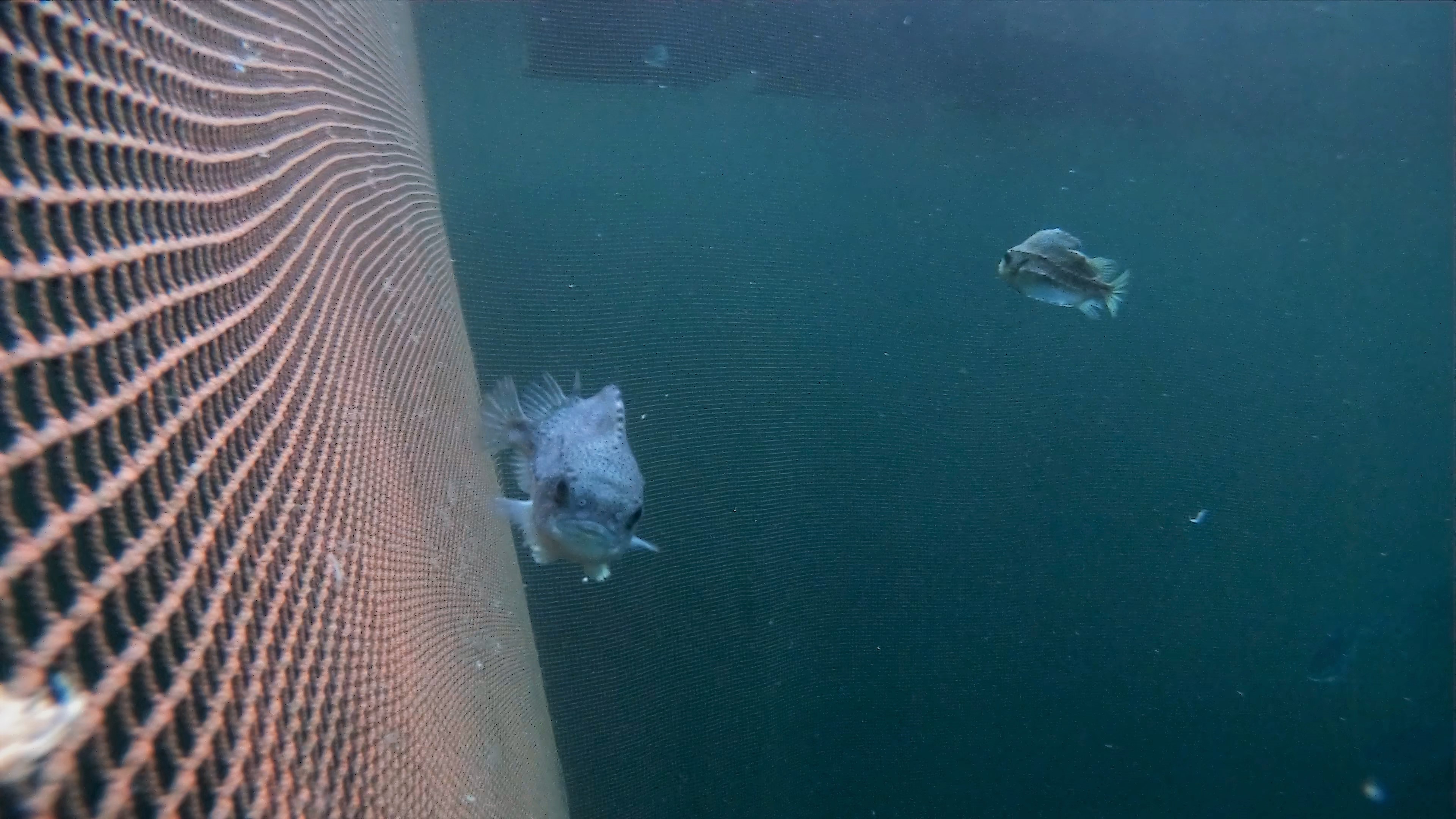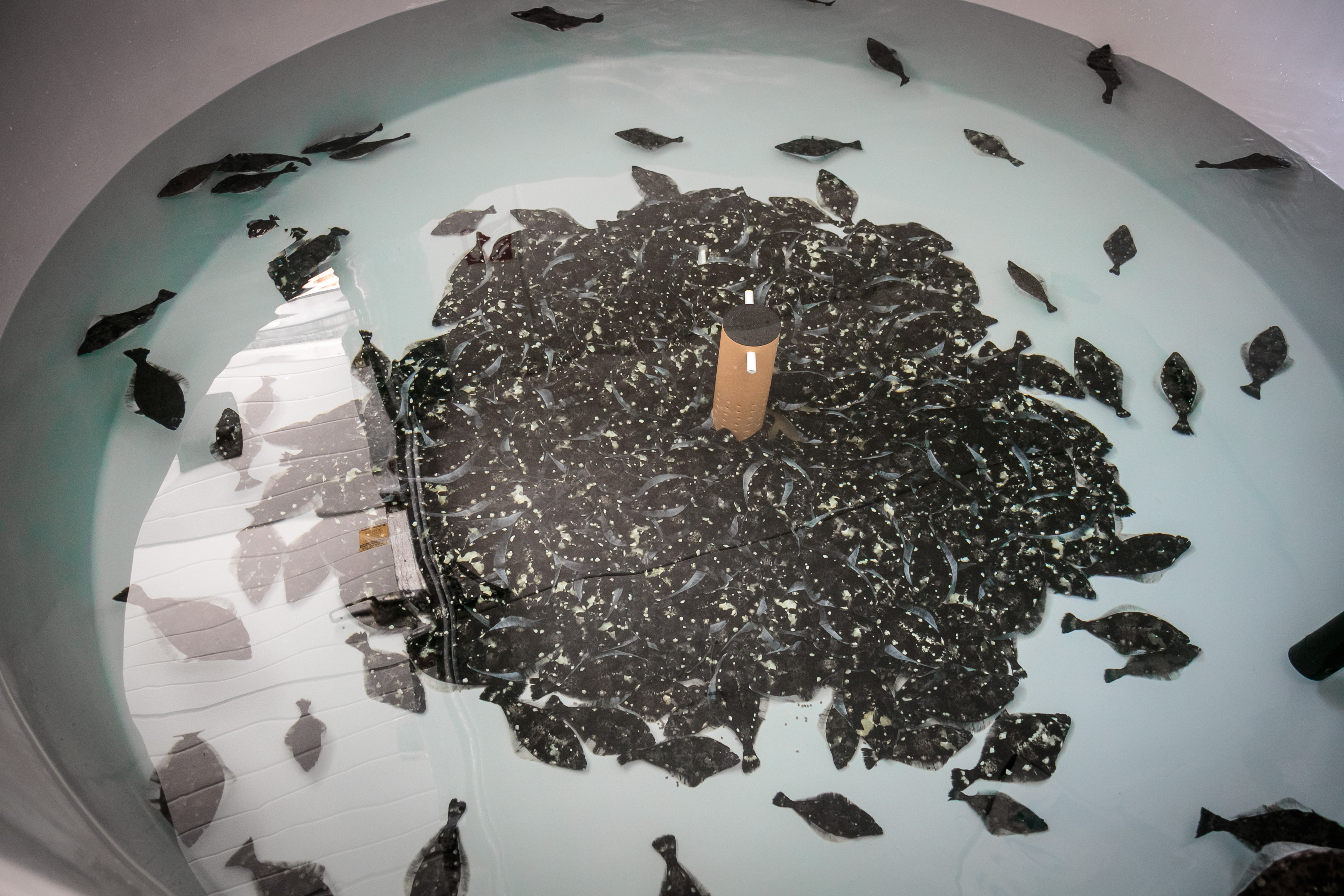Austevoll Research Station

The station’s wide range of facilities ashore and in the sea for keeping fish and shellfish throughout their life cycle provide a unique basis for experimental studies of all life stages, sizes and qualities, i.e. halibut, cod, haddock, saithe, salmon, mountain gull, eel, scallops and lumpfish.

The research station was opened in 1978, and in the course of its 40 years of existence, it has been a central resource for both industry and the authorities. A number of ground-breaking results in research have earned the station widespread international recognition for its work on marine species. Formerly a driving force in the development of extensive and semi-intensive production methods, it has shifted its focus to the optimization of intensive methods. Central aspects of the work of the station today include basic studies of fish welfare and the ecological effects of aquaculture.
Expertise and personnel
About 40 people have the station as their permanent workplace. The researchers and technicians belong to different professional groups, and have broad expertise also at international level within their disciplines. Other personnel are in the station's basic operations distributed among the groups Administration, Technical operations, Laboratories and Biological operations. Most of them have gained a solid expertise in their work areas, and are also heavily involved in the various experiments carried out at the station.

Published: 07.02.2020 Updated: 23.09.2020

